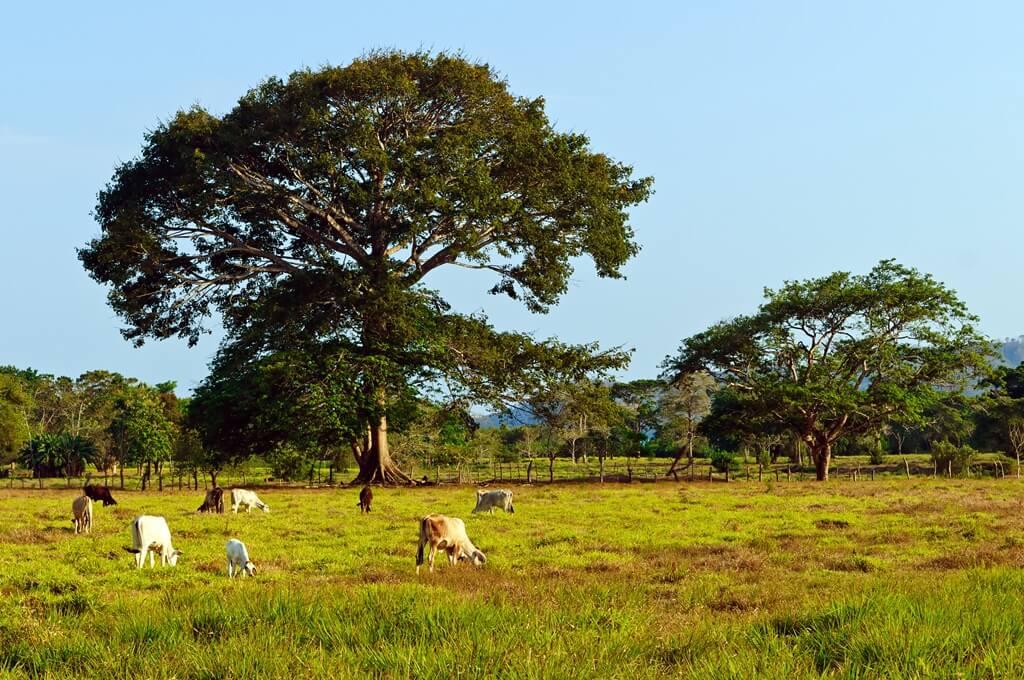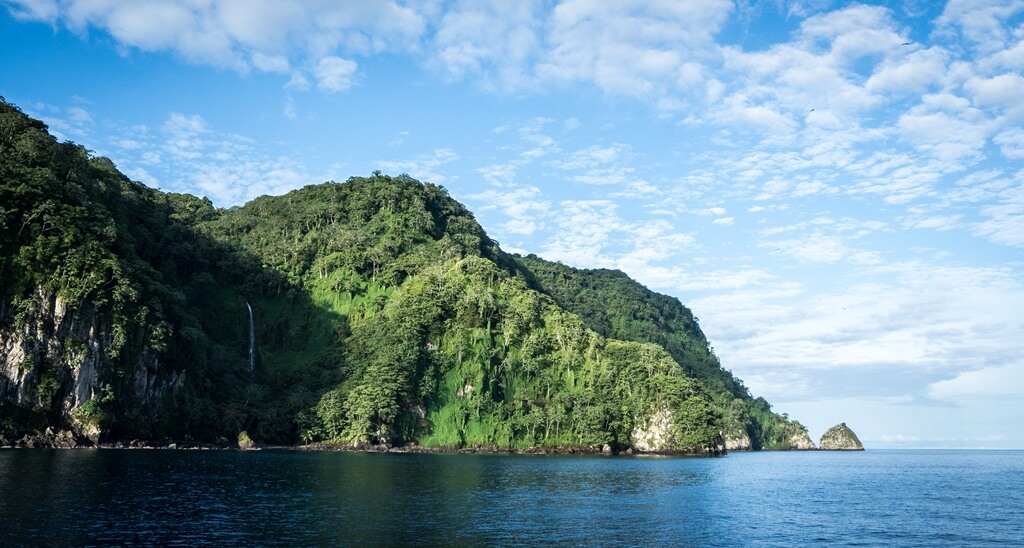UNESCO sites in Costa Rica
The combination of wondrous tropical beaches, lush nature, panoramic mountain views and pleasant tropical climate has made Costa Rica a top travel choice for thousands of tourists. Embraced by the Pacific Ocean and the Caribbean Sea, this country offers 4 UNESCO sites that are absolutely jaw-dropping and a must-see when visiting. From descending into bat-filled caves to observing misty volcanic peaks, there are numerous activities on offer – go hiking, biking, climbing, ziplining and more. Adventure awaits!
Experience the unspoiled beauty of all of the UNESCO sites in Costa Rica next time you visit. Do check out the map at the end of the post for easier navigation.
Precolumbian Chiefdom Settlements with Stone Spheres of the Diquís
Including four unique archaeological sites in southern Costa Rica, the stone spheres of the Diquís date back to the 500–1500 AD. With its original meaning and use still remaining a mystery, the spheres made from limestone, sandstone or gabbro vary greatly in size. There are about 300 of them in total, and they can be seen in the hills at Kiko peninsula and on Cano Island. Distinctive for their size and original placement, these spheres are surrounded by numerous artificial mounds, paved areas and burial sites. Used as a way to decorate the landscape by later ancient civilizations, scientists suspect that these spheres formed as a result of volcanic activity millions of years ago.
Area de Conservación Guanacaste
Situated in the northwest of Costa Rica, the Conservation Area of Guanacaste is made up of national parks, forest reserves, wildlife refuges and offshore waters. Protecting biodiversity in all of North America, the area is home to the Santa Rosa, Guanacaste and Rincón de la Vieja National Park, as well as the Horizontes Experimental Forest and the Junquillal Bay Wildlife Refuge. Globally recognised as a model for large protected areas and for tropical forest restorations, the entire area supports at least 60% of the species of Costa Rica. Hosting several rare and endangered species, this Pacific tropical dry forest is considered to be the largest and best preserved in Mesoamerica.
Cocos Island National Park
Known as “Treasure Island”, the Isla del Coco is home to the Cocos Island National Park located in the tropical eastern Pacific. Harbouring many beautiful forested mountains, impressive waterfalls and rocky beaches, this island is rich in coral reefs, volcanic tunnels, caves and a breathtaking array of endangered species. With more than 20 diving sites scattered around the island, the crystal clear turquoise water has become a scuba diving paradise. Due to the abundance of marine life, there’s a high chance of seeing animals such as sharks, rays, tuna and dolphins during your stay. The only way the island can be accessed is by boat tours. Because of its association with pirates in history, Cocos Island is believed to hide many buried treasures just waiting to be found.
Talamanca Range and La Amistad National Park
Encompassing two countries, La Amistad National Park runs uninterruptedly between Panama and Costa Rica. With tropical rainforests covering most of the area, the national park is situated in the foothills and mountains of the Cordillera de Talamanca, better known as the Talamanca Range. It’s the highest non-volcanic mountain range in Central America, filled with unique scenic lakes and valleys carefully shaped by glaciers, along with numerous endemic species. When you decide to venture into the dense cloud forests and rainforests, prepare to experience several different microclimates inside the park. However, the majority of the park has never been explored, so it’s highly recommended to venture out with an experienced guide.









